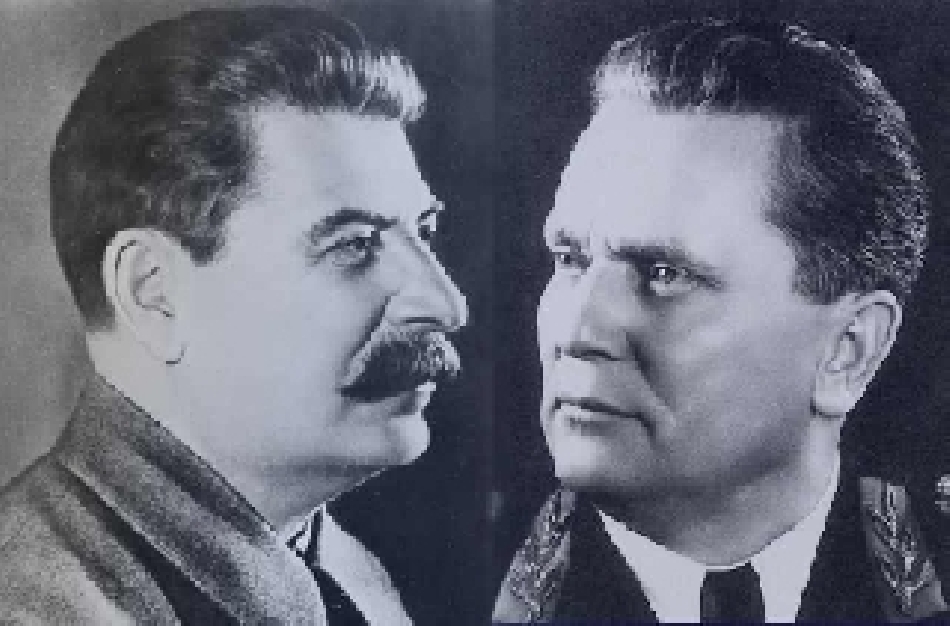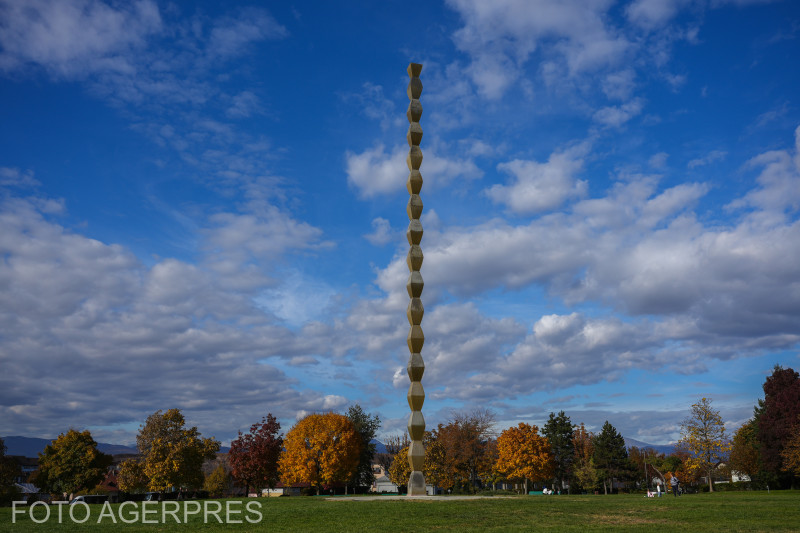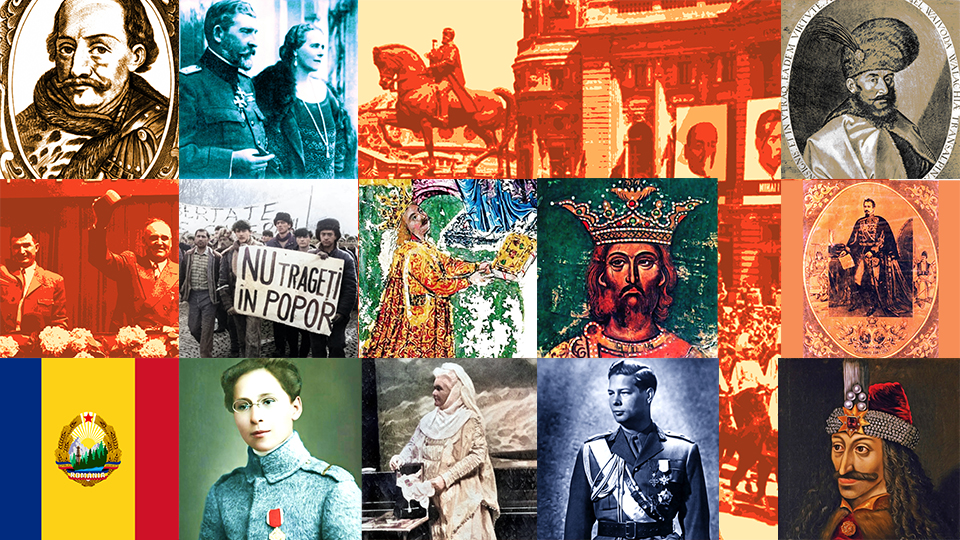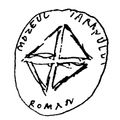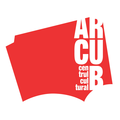The Salva-Vișeu Railway
An important page in the history of the Romanian railways and the history of communism
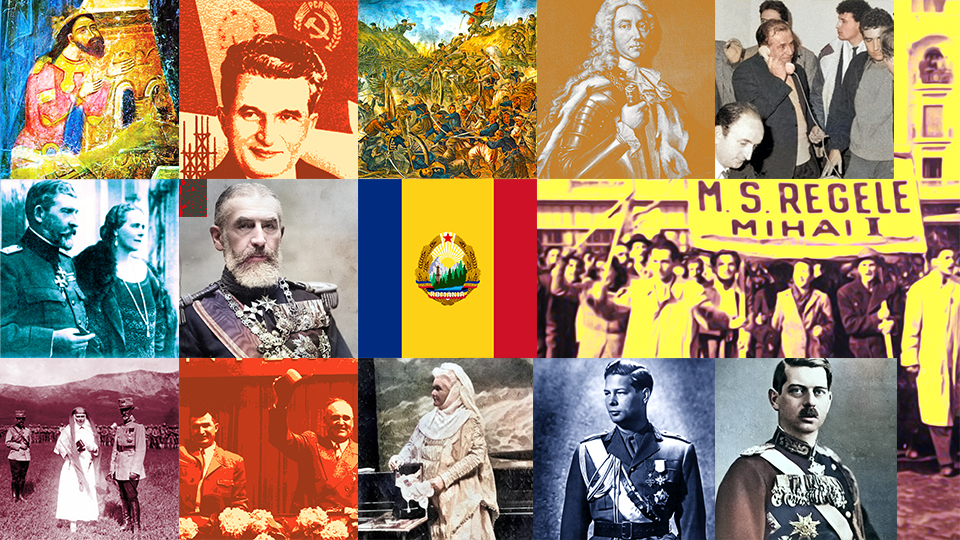
Steliu Lambru, 21.04.2025, 13:42
In northern Romania, between the present-day counties of Maramureș and Bistrița-Năsăud, in a very scenic mountain area, an important page in the history of the Romanian Railways and the history of communism was written: the railway connecting Salva, in Bistrița-Năsăud, and Vișeul de Jos and Vișeul de Sus, in Maramureș.
The communist regime that came to power in 1945 opened large-scale construction sites to mobilize labour. The sites had a utilitarian purpose, namely boosting economic development, but also a propaganda one, that of proving the efficiency of the socialist economic model and the competence of the communist party leadership. Last but not least, the big construction sites of the late 1940s and early 1950s were also used as a repressive instrument, as they caused the death in inhumane working conditions of the democratic elite of Romania and all those who opposed the regime. The Salva-Vișeu railway was one of these huge construction sites.
But its history begins in 1918, when the territories inhabited by Romanians in Austria-Hungary were united with the Kingdom of Romania. The railways in north-western Romania were not yet linked to the rest of the network, so a railway line along the Sălăuța River gorge, which flows between the Țibleș and Rodna Mountains and flows into the Someșul Mare, was the connection to the rest of the railways.
The government started construction works and managed to open a 15-kilometre section from Salva to Telciu before the war. The World War II and the seizing of northern Transylvania by Hungary in 1940 stopped the works, which were resumed by the communist government in 1948, after the north of Transylvania was returned to Romania. In the last days of 1949, the railway line, with a total length of 60 kilometres, became operational. Since then, the simple line has not been modernised and has remained unelectrified.
Gelu Fătăceanu worked on the Salva-Vișeu railway construction site. He was interviewed by the Oral History Centre of the Romanian Radio Broadcasting Corporation in 2000, when he confessed that he chose to work there in order to hide from the authorities. He was wanted by the police because, as a young Christian Democrat, he had protested together with other young people against the 1946 election rigging. However, he got involved in subversive activities at the construction site as well:
Gelu Fătăceanu: “There were all these “stained” people there, like me. They were former army pilots, officers discharged from the army and, obviously, there was a place there for me as well. One evening, a guy called Şora Augustin came to me, I knew him before as an organiser, but not officially, and he told me, ‘Look, we are an organisation fighting against communism. Maybe you want to help us.’ I answered, ‘Well, I’ll help you. I have never liked the communists’. He said: ‘We want to set up an ambush.’ Ana Pauker and Vasile Luca were supposed to come to the construction site. And we wanted to hassle them a little, but not like an attack, an assassination or anything like that. We were not planning to kill them, all we wanted was to get more people, with flyers, to protest against them, we wanted them booed, shouted at and driven away from the site. This was something even the head of the construction site, Amedeo Georgescu, would agree with. He was a very big anti-communist, but they couldn’t touch him because the man had done work in Germany, the USA, England, he was a genius at his job.”
Gelu Fătăceanu was the one who took care of the content of the anti-communist message of the planned protest. It was a short, mobilising one:
Gelu Fătăceanu: “I made the flyers, I scattered them everywhere. I made them myself, because I had access to a typewriter. I multiplied them using carbon paper, there were a few hundred pieces, not too many. I had written there, ‘Be there when these country traitors, Ana Pauker and Vasile Luca, arrive,’ that’s what it said, and ‘Let’s take a firm stand to save the country from the communist yoke, from the Soviet yoke!’ That was basically the idea of the flyer. It wasn’t too much, there were a few lines, that’s all. I didn’t have anything else to write, everyone wanted to get rid of communism and the Russians. That was the case back then.”
But the protest never happened, because the authorities uncovered the plot. Gelu Fătăceanu was arrested and taken to Bistrita for questioning. What followed was detention in Aiud and work on another major construction site of the Stalinist years, the Danube-Black Sea Canal:
Gelu Fătăceanu: “That was until April 8, 1949, when a gentleman came, a former teacher who had joined the Securitate as a lieutenant. He took me from the room where I was, found a book on me, because I was studying English by myself. There were many like me, who were learning that way. He found a small pair of tourist binoculars, and asked me who I was in contact with. I said I was not in contact with anyone. He asked me about the connection with the US ambassador in Bucharest, Burton Berry. I told him: ‘Sir, you tell me his name now, but I don’t know him because I’ve never been to Bucharest to contact the US ambassador.’ He asked me why I was learning English, I answered that I just wanted to know it. I can tell you that those two or three months I spent in Bistriţa were hell on earth.”
Anyone traveling by train from Salva to Vișeu today can be absorbed by the beauty of the landscape. But the railway on which it runs has had a complicated history. (AMP)

